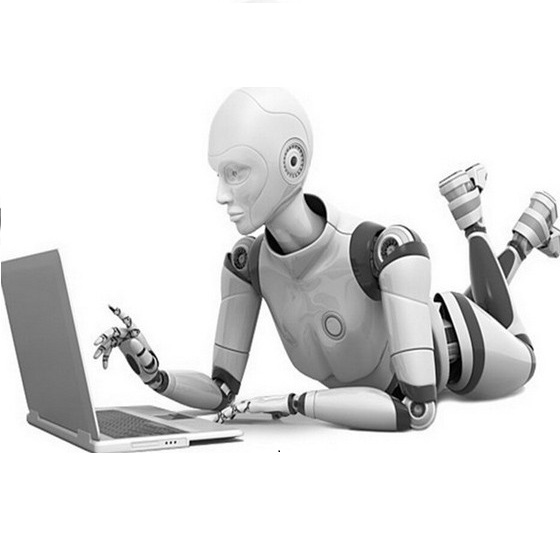Recent machine reading comprehension datasets include extractive and boolean questions but current approaches do not offer integrated support for answering both question types. We present a multilingual machine reading comprehension system and front-end demo that handles boolean questions by providing both a YES/NO answer and highlighting supporting evidence, and handles extractive questions by highlighting the answer in the passage. Our system, GAAMA 2.0, is ranked first on the Tydi QA leaderboard at the time of this writing. We contrast two different implementations of our approach. The first includes several independent stacks of transformers allowing easy deployment of each component. The second is a single stack of transformers utilizing adapters to reduce GPU memory footprint in a resource-constrained environment.
翻译:最近机器阅读理解数据集包括采掘和布尔语问题,但目前的方法并没有为回答这两种类型的问题提供综合支持。 我们提供了一个多语言机器阅读理解系统和前端演示,通过提供 " 是/否 " 回答和突出支持性证据来处理布尔语问题,并通过突出解答处理采掘问题。 我们的系统GAAMA 2.0在撰写本文时排在Tydi QA领导板的首位。 我们对比了两种不同的执行方法。 第一个是几堆独立的变压器,可以方便地部署每个组件。 第二个是一组变压器,利用调适器在资源限制的环境中减少GPU的记忆足迹。




